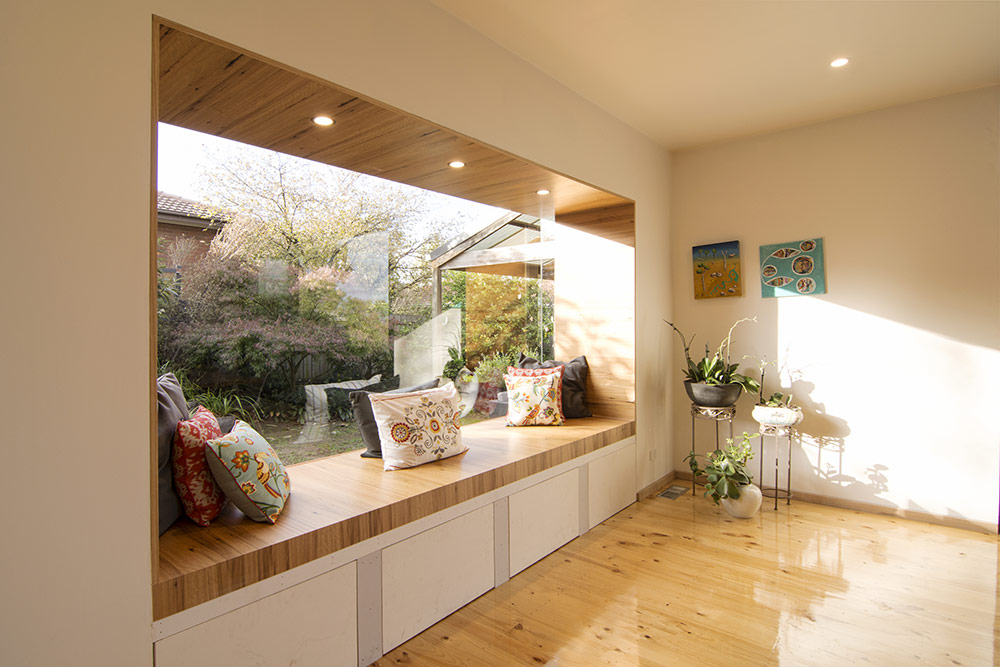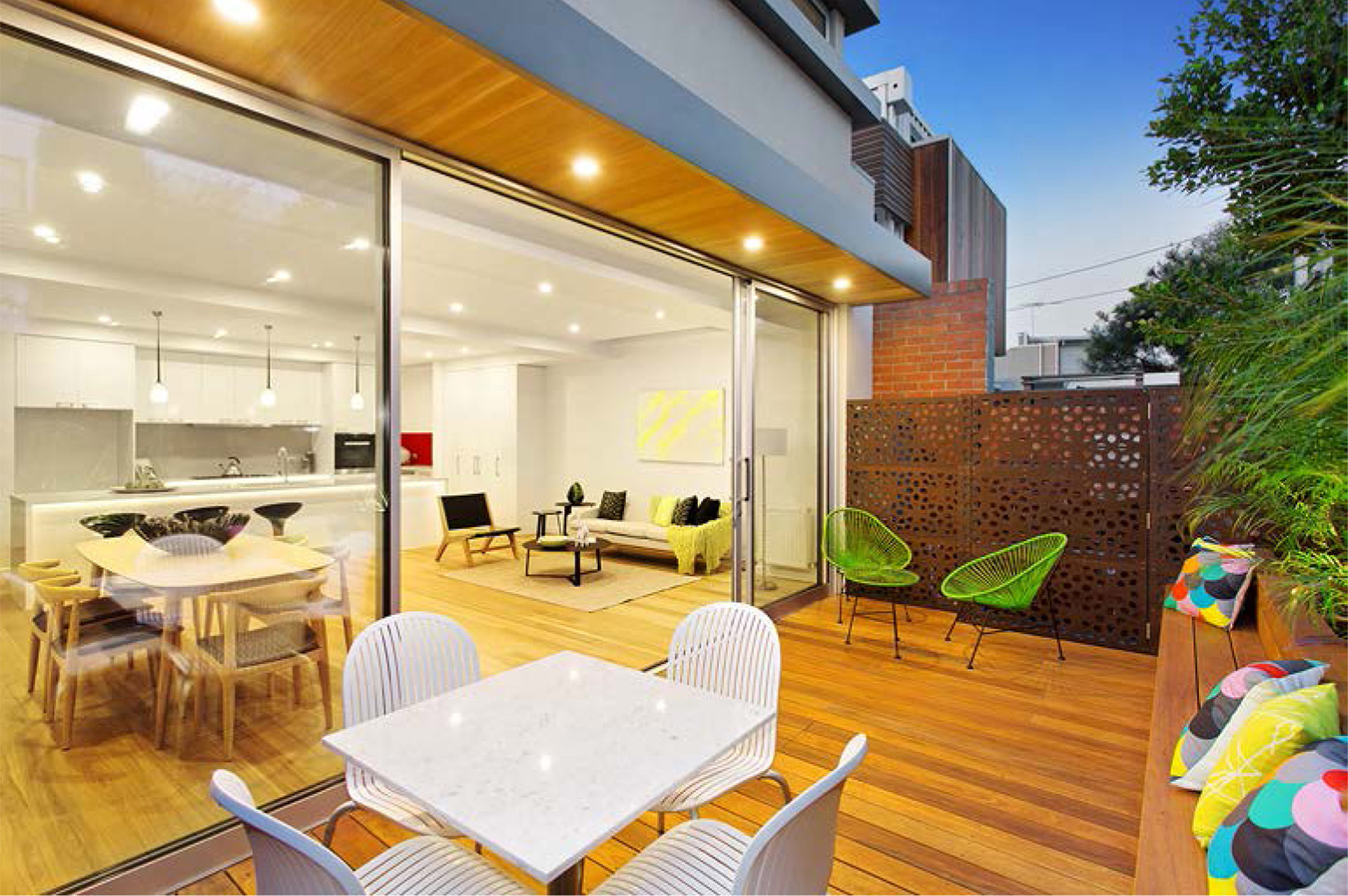

The architecture we surround ourselves with has the ability to influence our quality of life and long-term wellbeing, be it for better or worse. With ever increasing levels of stress and fatigue reported across the globe and an ongoing pandemic, it is important to ask now more than ever: what is the role of the architect in society, if not to create spaces with positive impact? More and more we are beginning to understand the true extent of health benefits which come with regular access to natural light, views of nature, and feelings of social connectiveness, just to list a few. Multitudes of studies revealing the direct links between the human psyche and our environments give us the undeniable proof that we need to start prioritising architecture which prioritises people, in that it meets and supports our mental and physical needs, and utilising emerging research and innovation in order to most effectively deal with the burdens of urbanisation.
Throughout history, architecture has demonstrated a reactionary quality to the social demands of the time, especially regarding public health. In the same way we are seeing discussions arise around the impact of the coronavirus pandemic on future design proposals, much of what we consider modern architecture was shaped by the Tuberculosis pandemics of the early 20th century. Think clean shapes, open indoor to outdoor transitions, large windows for ventilation, white surfaces, and easy-to-clean minimalism; Le Corbusier himself was particularly well-know for his aversion to disease and ill-health, which is well translated in his designs (and fondness for rooftop gardens). This sentiment is further extended into the move towards sustainable buildings and the desire to improve air and water quality on a far broader scale beyond a given site, with the hopes of positively contributing to community physical wellbeing.

Arguably the power to affect mental health is the more interesting and trajectory-altering discussion within the industry. Utilising architecture to it’s fullest potential with the intention of improving the quality of life for its inhabitants is an exciting and significant prospect moving forward. The organisation’ 5 Ways to Wellbeing Australia’ has identified effective ways to improve mental wellbeing, and through assessing these as architects, we can implement the knowledge into our designs for the future. The elements are as follows: connect, be active, keep learning, be aware, and help others; these ideas for change are quite easily considered in regards to design, although some more than others.
On a residential level, the thoughtful arrangement of seating, engaging and well-lit social spaces, and the capacity for ‘homeliness’ are simple steps in providing encouragement for connection and conversation. Public and community infrastructure should be the epitome of connectivity and shared space. Again, the careful consideration of seating is important and a priority when attempting to inspire strangers to interact in a meaningful way. Further, aesthetically pleasing landscaping or inclusion of natural elements creates a relaxed atmosphere, which is enhanced by a reduced level of urban background noise if the location allows it. Public space should also be clean and well-maintained, with a focus on the human scale rather than primarily accommodating for traffic.
To promote activity within a home may simply involve the manipulating the arrangement of rooms and stories to increase movement within the space. An inviting outdoor area, the inclusion of a home gym, or even just the thoughtful allowance of extra, adaptable space within common areas to accommodate for indoor exercise further encourages the inhabitants to ‘be active’.
The final three – take notice, keep learning, and give – are not as straight forward to translate into design. Most simply, the optimisation of natural light, ventilation, and open plans have been scientifically proven to improve wellbeing and create a more positive internal environment, which, amongst other infinite benefits, will develop a more likely candidate for a mindful, generous person. The inclusion of interesting details such as planter boxes, art, colours, and textures in conjunction with well-placed seating for individuals encourages people to connect with their surroundings and practice mindfulness. Learning becomes easier in a safe, bright, and comfortable environment. A well designed public space, again with seating and eye contact carefully considered, is more likely to inspire generosity and the sharing of a meal or conversation.
The holistic responsibility of architecture in society is to shape and encourage positive human behaviours. Our private and public spaces must continue to shift to focus on human health and wellbeing in order to combat the ever-rising mental health issues we see globally. In the same way a claustrophobic train station has the power to make us feel small, isolated, and detached, a well-designed home is able to assist in promoting habits of mindfulness and connection; both of which are essential in an increasingly disconnected world.
Madison Palmer, 12 February 2021




